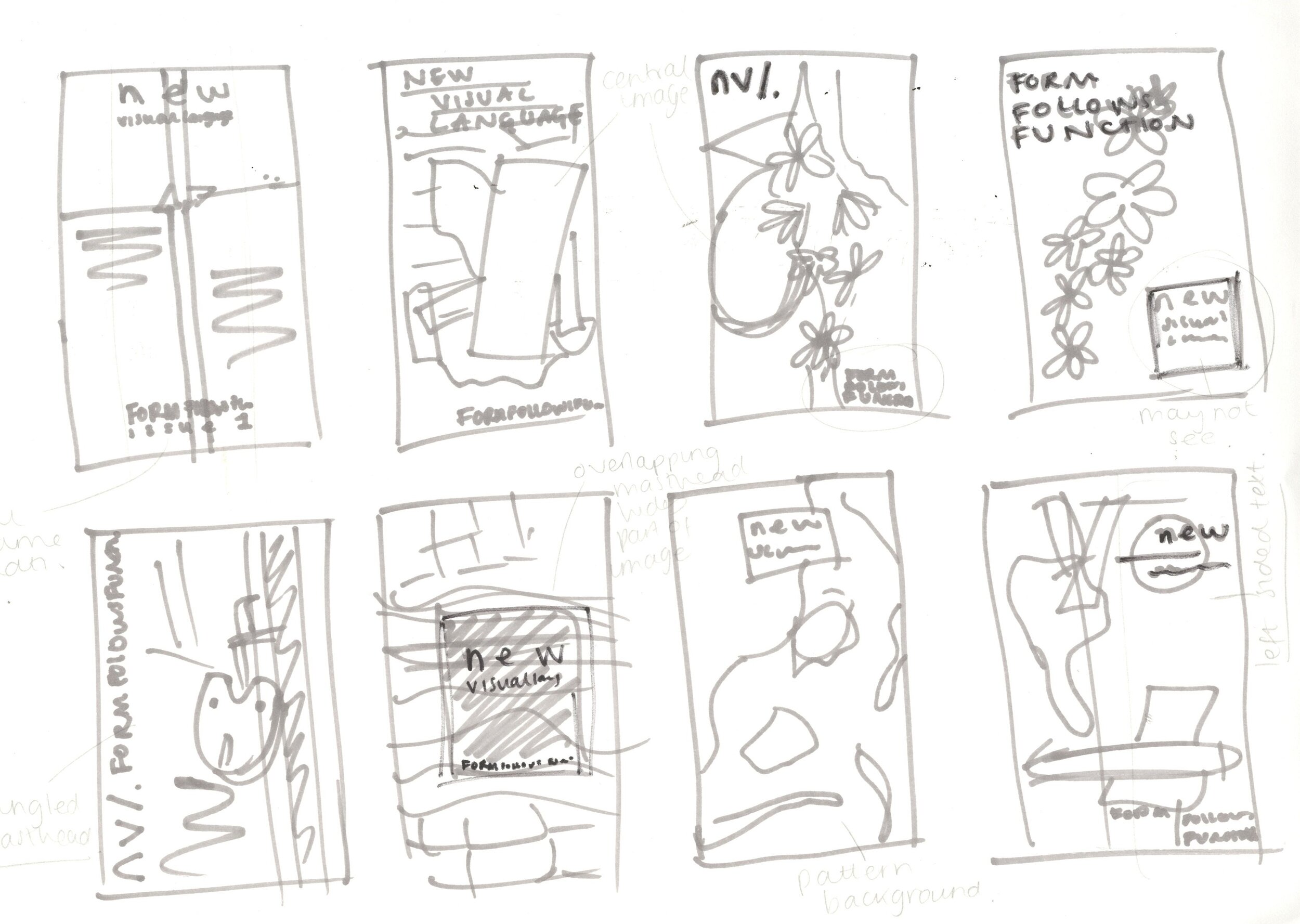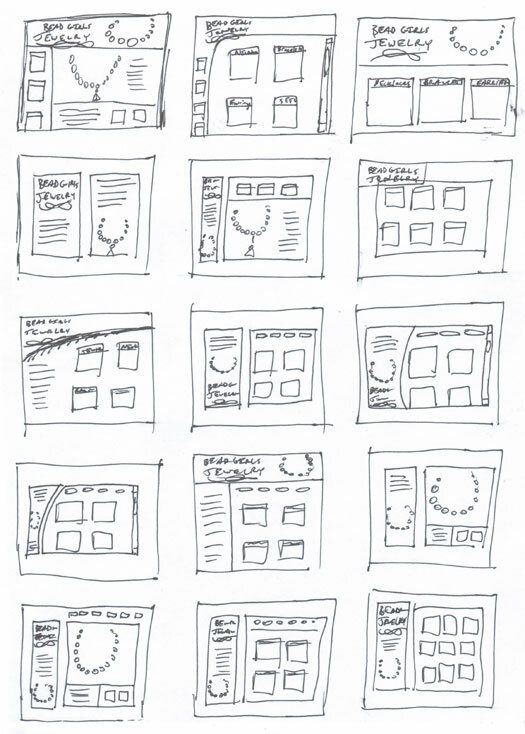What is a Thumbnail Drawing?
Only the essentials are captured in a thumbnail, so that artists know where certain objects should roughly be placed within the larger frame.
This allows illustrators and designers to determine the overall layout before working on the visual details. Thumbnails don't need to be meticulous, since they only exist for the artist's benefit, and it's perfectly fine if they're small (they’re called “thumbnail” after all.
If you skip thumbnailing and dive right into a piece you’ll be left cleaning up lots of things along the way. The initial idea may be really cool, but you’ll likely end up refining certain concepts, revamping others, and spending excess time refining some ideas to be clearer. Thumbnailing helps you avoid these pitfalls and it’s really simple to learn.
Effective Thumbnail Drawings Demonstration
Tips for Sketching
Use your favorite writing utensil—whether it is a pencil or pen, it doesn’t matter. If you like the feel of the utensil on the paper, it will encourage you to sketch.
Make multiple thumbnails—the more the better.
Explore scale within the composition.
Don’t forget the margins (negative space).
Use value to create visual hierarchy.
Use lines and blocks to represent text, the bigger and darker the box means the text would be larger and have more emphasis.



